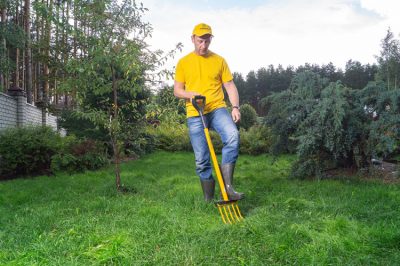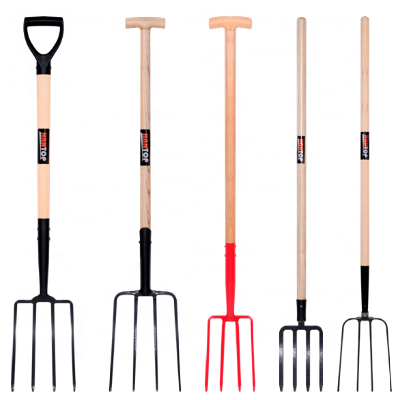Certainly, there are several types of garden hoes, each designed for specific tasks. Here are some of the most common types:
- Draw Hoe: Also known as a chopping hoe, this hoe has a flat blade attached at a right angle to the handle. It’s designed for digging, cutting through weeds, and cultivating the soil. The flat blade can be pushed or pulled to move soil or cut weeds.
- Scuffle or Loop Hoe: This hoe has a loop-shaped blade that is attached parallel to the ground. It’s excellent for weeding by slicing through the soil’s surface and cutting weeds at their roots as you push and pull the hoe.
- Warren Hoe: This hoe has a triangular blade with a sharp point and flat sides. It’s great for breaking up soil, creating furrows for planting, and digging trenches. The sharp point makes it versatile for various gardening tasks.
- Dutch or Push Hoe: Similar to the draw hoe, this hoe has a flat blade attached at a right angle to the handle. However, the blade is slightly curved, which makes it more effective for pushing and pulling through the soil.
- Collinear Hoe: This hoe has a flat blade with sharp edges on all sides. It’s designed for precision weeding and cultivating around established plants, as it can work in tight spaces without damaging nearby plants.
- Stirrup Hoe: Also called a hula or action hoe, it has a double-edged blade shaped like a stirrup. The blade is pushed and pulled back and forth to cut through weeds just below the soil surface.
- Onion Hoe: This hoe has a small, square blade with a short handle. It’s useful for weeding and cultivating between closely spaced plants, making it popular for working in vegetable gardens.
- Half-Moon Hoe: The blade of this hoe resembles a half-moon shape. It’s effective for cutting through weeds in a pushing motion and creating neat edges along paths and borders.
- Mattock Hoe: This heavy-duty hoe has a wide, flat blade on one side and a pick or adze on the other. It’s suitable for breaking up compacted soil, digging, and even light digging of trenches.
- Grub Hoe: Similar to a mattock hoe, this tool has a broader blade and is used for heavier digging and chopping tasks. It’s especially useful for preparing larger areas for planting.
Remember that the right hoe for you depends on the specific tasks you’ll be performing in your garden. Having a variety of hoes can be helpful, but starting with one or two that suit your gardening needs is a good way to begin.
























